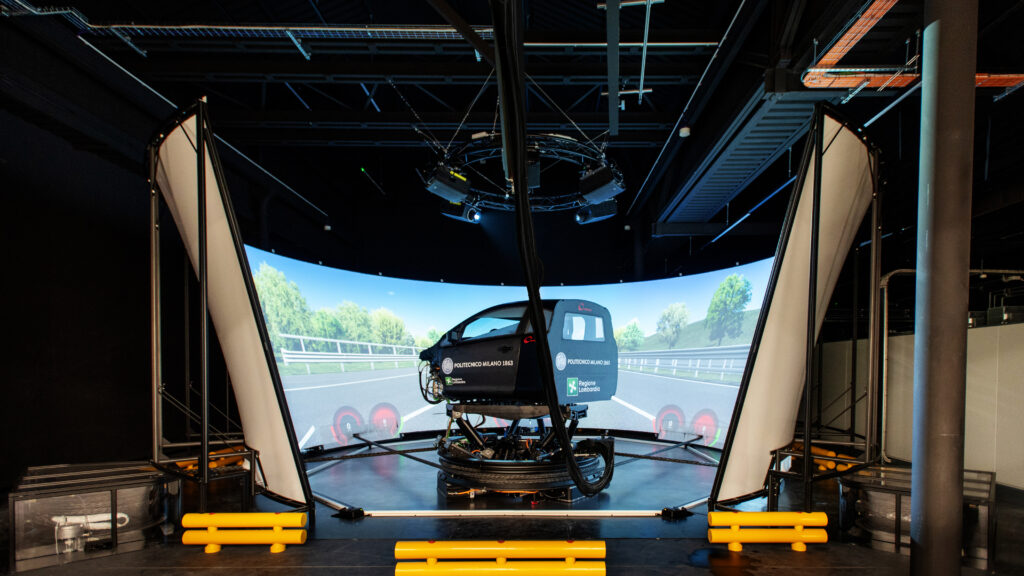The automotive sector is experiencing strong changes related to the implementation of new technologies, which are revolutionising the concept of mobility and the approach to driving through the use of advanced driver assistance systems and innovative user services.
To test the real impact of these changes also in relation to the theme of safety, the Politecnico di Milano has installed a new driving simulator in its headquarters in Bovisa, built by the Italian-German company VI-grade.
The results are very satisfactory and the system appears to be extremely effective, so much so that the university is already using it to carry out tests on the assisted guidance systems and as a key tool for the European research project Ai@edge, which aims to create a digital twin of an ecosystem in which self-driving cars move along with those driven by real people. In addition to this, the simulator will also serve to conduct studies on electric cars and sports vehicles.

The Department of Information Engineering (DEI) of the University of Padua has collaborated with the company Vi-Grade to the development of the control systems of the simulator, realizing in particular the motion cueing algorithms.
Through them, the simulator performs movements that allow to replicate as faithfully as possible the driving sensations that the pilot would have on board the real vehicle during the maneuvers.
Algorithms use sophisticated control methodologies, based on optimization paradigms that meet strict real-time computability requirements.
The total investment of the project amounts to EUR 5 million, partly financed by the Lombardy Region and the Lombardy Cluster for mobility.
